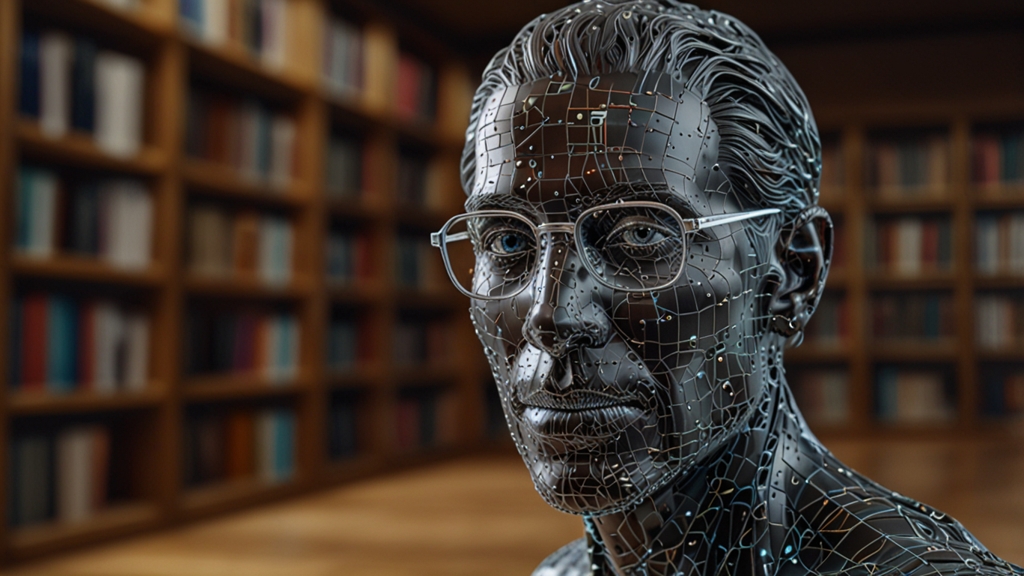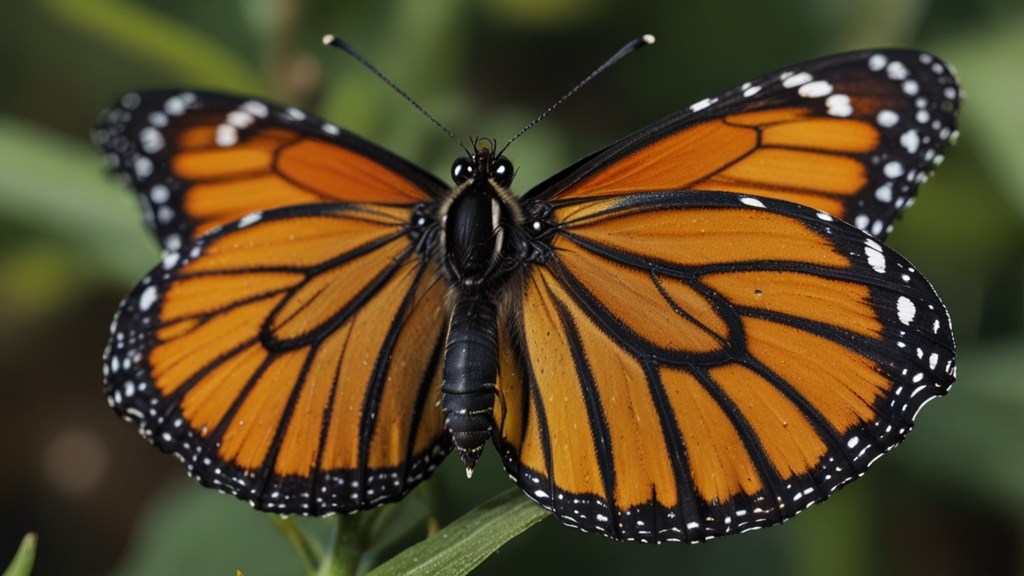The Fascinating Role of Cats in Ancient Egyptian Society
Cats, known as "Mau" in Ancient Egyptian, played a vital and multifaceted role in the society of ancient Egypt. Revered not just as domestic pets but as divine and cultural icons, cats were integral to the religious, economic, and social fabric of the civilization. Their significance transcended the ordinary, earning them a prominent place in both the household and the pantheon of Egyptian deities.
Religious Significance
In the realm of religion, cats were more than mere animals; they were embodiments of divine properties. The goddess Bastet, one of the most revered deities in ancient Egypt, was often depicted with the head of a lioness or as a lioness in full form. She symbolized home, fertility, and protection and was believed to ward off evil spirits and diseases.
"Bastet was not only a symbol of motherhood but also a fierce protector who could unleash her wrath against those who posed a threat to her devotees. Her duality embodies both the nurturing and destructive capabilities of a lioness, closely mirrored in the cats that roamed Egyptian households." - Dr. Emily Teeter, Egyptologist
The ancient Egyptians held large festivals in Bastet’s honor, celebrating her at the temple of Bubastis, one of the most significant cult centers. These festivals brought together thousands of people, highlighting the divine status cats enjoyed among the populace.
Economic Role
Beyond their spiritual importance, cats played a crucial role in the Egyptian economy. Agriculture was the backbone of ancient Egyptian society, and grain stores attracted rodents, which could decimate crops. Cats were revered for their ability to control these pest populations, indirectly contributing to food security and prosperity.
"Egyptian farmers welcomed cats into their granaries, recognizing their critical role in preserving the harvest. By keeping rodent populations in check, cats became indispensable partners in the agrarian economy, which was the lifeblood of ancient Egypt." - Professor Mark Lehner, Archaeologist
The depiction of cats in tomb paintings and hieroglyphics often alongside fields and granaries testifies to their importance. This symbiotic relationship highlighted how deeply interwoven the lives of cats and humans were, both economically and socially.
Domestic Companions and Cultural Icons
Cats also enjoyed a cherished status as house pets, embodying grace, agility, and a mysterious allure that intrigued their human companions. They were often depicted in art and household items, reinforcing their role in daily life. Pet cats were sometimes mummified and buried with their owners, indicating the depth of affection and respect Egyptians had for them.
Moreover, harming a cat, intentionally or accidentally, was considered a serious crime, punishable by death. This legislation underscored the sanctity of cats in society and the profound cultural taboo against any harm befalling them.
Legacy and Influence
The significance of cats in ancient Egyptian society has left an enduring legacy. Even today, depictions of Egyptian cats and the goddess Bastet continue to captivate and inspire. Their role in history is a testament to the extraordinary bond between humans and animals, shaping cultural and spiritual narratives that have endured through the millennia.
The reverence of cats in ancient Egypt is not just a fascinating historical detail but a profound example of how a civilization's values and beliefs can elevate an animal to divine status, influencing every facet of life from religion to economics. The cat's journey from a simple predator to a sacred symbol encapsulates the intricate tapestry of ancient Egyptian society, a rich and enduring heritage.









